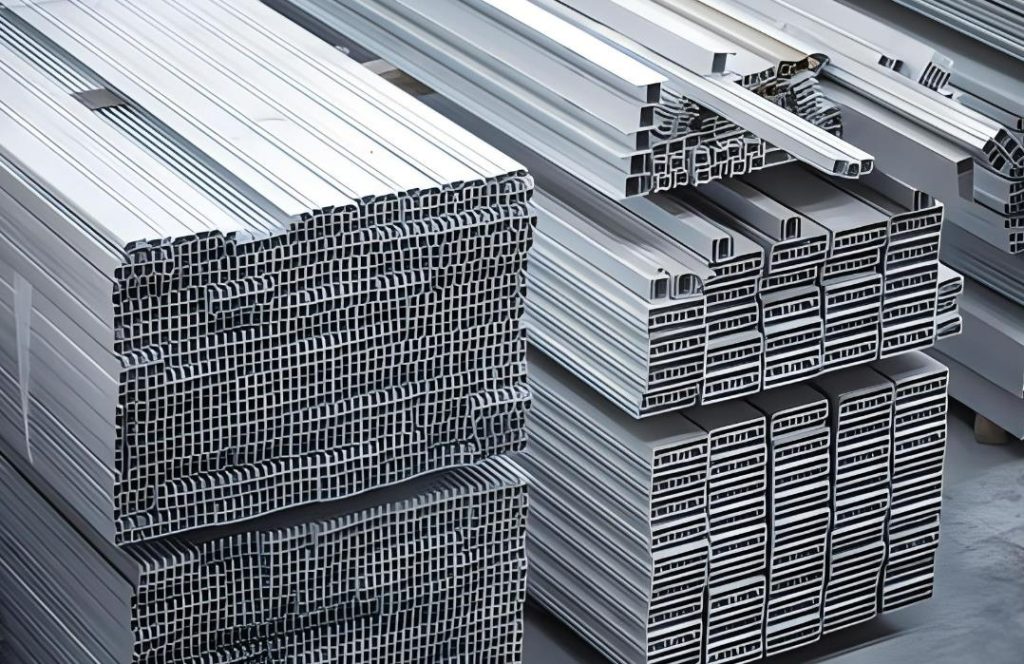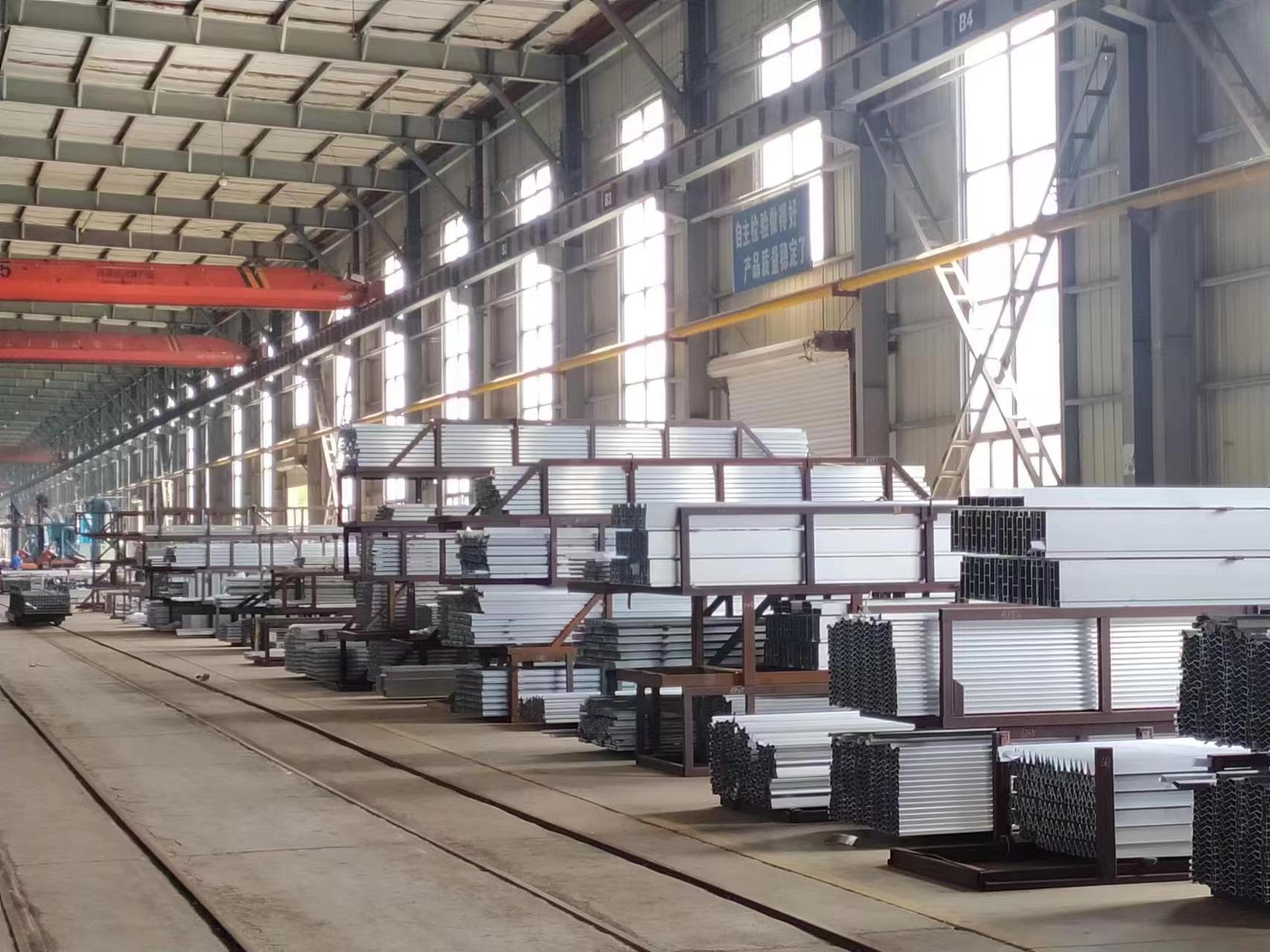Introduction
Industrial aluminum profiles are prized for their versatility and strength, making them essential in various applications. One of their greatest charms is their capacity for deep processing, allowing them to be tailored into diverse frame structures for different environments. Deep processing not only optimizes the design of finished products but also minimizes material waste, thus reducing costs. Let’s explore the primary methods of deep processing for industrial aluminum profiles and understand their benefits.
Key Deep Processing Methods
Cutting
Cutting involves dividing a 6-meter-long aluminum profile into the desired lengths. This process uses mechanical equipment or laser technology to ensure precision. The accuracy of cutting is typically controlled within ± 0.5mm, ensuring both dimensional accuracy and high-quality surface finishes.
Drilling
Drilling is used to create precise holes in aluminum profiles to meet specific design requirements. Various types of holes, including waist holes, through holes, and countersunk holes, can be processed as needed. Maintaining the correct depth and size of these holes is crucial to prevent structural weaknesses.
Tapping
Tapping is similar to drilling but serves a different purpose. While drilling prepares the profile for installation, tapping creates threads inside the drilled holes for screws. This process is essential for assembling the profiles into sturdy structures.
Bending
Bending is employed when aluminum profiles need to be shaped into arcs or curves. This process involves placing the profile on a bending machine and using precise techniques to achieve the desired shape. Bending is particularly useful for creating curved assembly line frames and other specialized structures.
Additional Processing Methods
Beyond the primary methods, several other deep processing techniques can be applied to aluminum profiles:
Milling grooves: Used for creating slots and intricate designs.
Engraving: Adds decorative or informational markings on the profiles.
Oxidation treatment: Enhances the corrosion resistance and durability of the profiles.
Advantages of Deep Processing
Deep processing of aluminum profiles offers numerous advantages:
Material waste reduction: Optimized cutting and shaping reduce leftover material.
Cost efficiency: Efficient use of materials lowers production costs.
Customization capabilities: Allows for tailored solutions to meet specific application needs.
Future Trends in Deep Processing
The future of deep processing for aluminum profiles lies in environmentally friendly and intelligent technologies. As market demands evolve, there is a growing focus on precision and quality. Intelligent processing equipment will enhance the accuracy and efficiency of these processes, meeting the increasing quality expectations of various industries.
Conclusion
Deep processing methods significantly enhance the functionality and versatility of industrial aluminum profiles. By reducing material waste, optimizing costs, and enabling customization, these techniques ensure that aluminum remains a top choice in numerous applications. As technology advances, we can expect even greater precision and quality in aluminum profile processing, driven by sustainable and intelligent practices.

